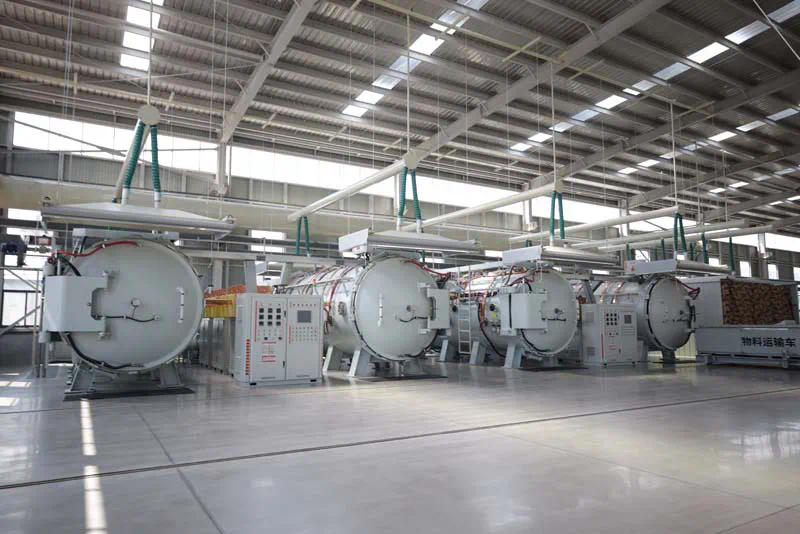Introduction
Industrial automation systems are highly complex systems that rely on multiple components to operate and achieve the desired results. One of the most important components is the HMI display. It ties together a system by providing the user with a visual interface to monitor, operate, and control the system. As such, it is vital that the right HMI display is chosen and that it is kept up-to-date with the latest innovations in order to ensure that the system operates at its peak efficiency and effectiveness. This article will discuss the latest innovations in HMI displays for industrial automation systems and how they can benefit the user.
Overview Of HMI Displays
An HMI display is a type of computer-based display system that is used to provide a means of communication between the user and a computer-based system. It allows the user to view information and enter commands that can be used to control, monitor, and adjust the system. Common types of HMI displays include touch screen displays, graphic display systems, and text-based displays.
Touch Screens: Touch screens are the most common type of HMI display. They provide a user-friendly way to interact with the system. The user simply touches the screen to enter commands and view information. The touch screen can be configured to perform numerous tasks, ranging from simple data entry to complex machine control and monitoring.
Graphics Displays: Graphic displays are used to provide a visual representation of the system and its operation. These can be used to provide information such as flowcharts, diagrams, and other detailed visuals to explain how a system operates. They can also be used to provide visual cues to the user, such as alerts or warnings.
Text-Based Displays: Text-based displays are used to provide text-based information and instructions. They can be used to display text-based commands or instructions, such as those used to control or monitor the system. They can also be used to provide visual cues, such as alerts, warnings, or other forms of feedback.
Latest Innovations In HMI Displays
Since the introduction of HMI displays, many innovative technologies have been developed to improve the user experience and efficiency of the system. Some of these latest innovations include:
Voice Recognition: Voice recognition technology is becoming an increasingly popular way to interact with industrial automation systems. It allows the user to give verbal commands to the system, eliminating the need for manual input. This technology can be used to control and monitor the system through simple voice commands, making it much easier to operate the system without having to learn complex commands.
Gesture-Based Interaction: Gesture-based interaction is a type of HMI display that uses hand motions to interact with the system. This technology is becoming more popular in industrial automation systems as it allows the user to control and monitor the system without the need for manual input. It can also be used to provide visual cues and alerts, as well as provide feedback on system performance.
3D Visualization: 3D visualization is a type of HMI display that provides a three-dimensional representation of the system. This technology is used to improve the user experience, as it allows the user to view and interact with the system in a more intuitive and interactive way. It can also improve the efficiency of the system, as it allows the user to quickly and easily identify issues with the system and make the necessary adjustments.
The Latest Innovations in HMI Displays for Industrial Automation Systems







